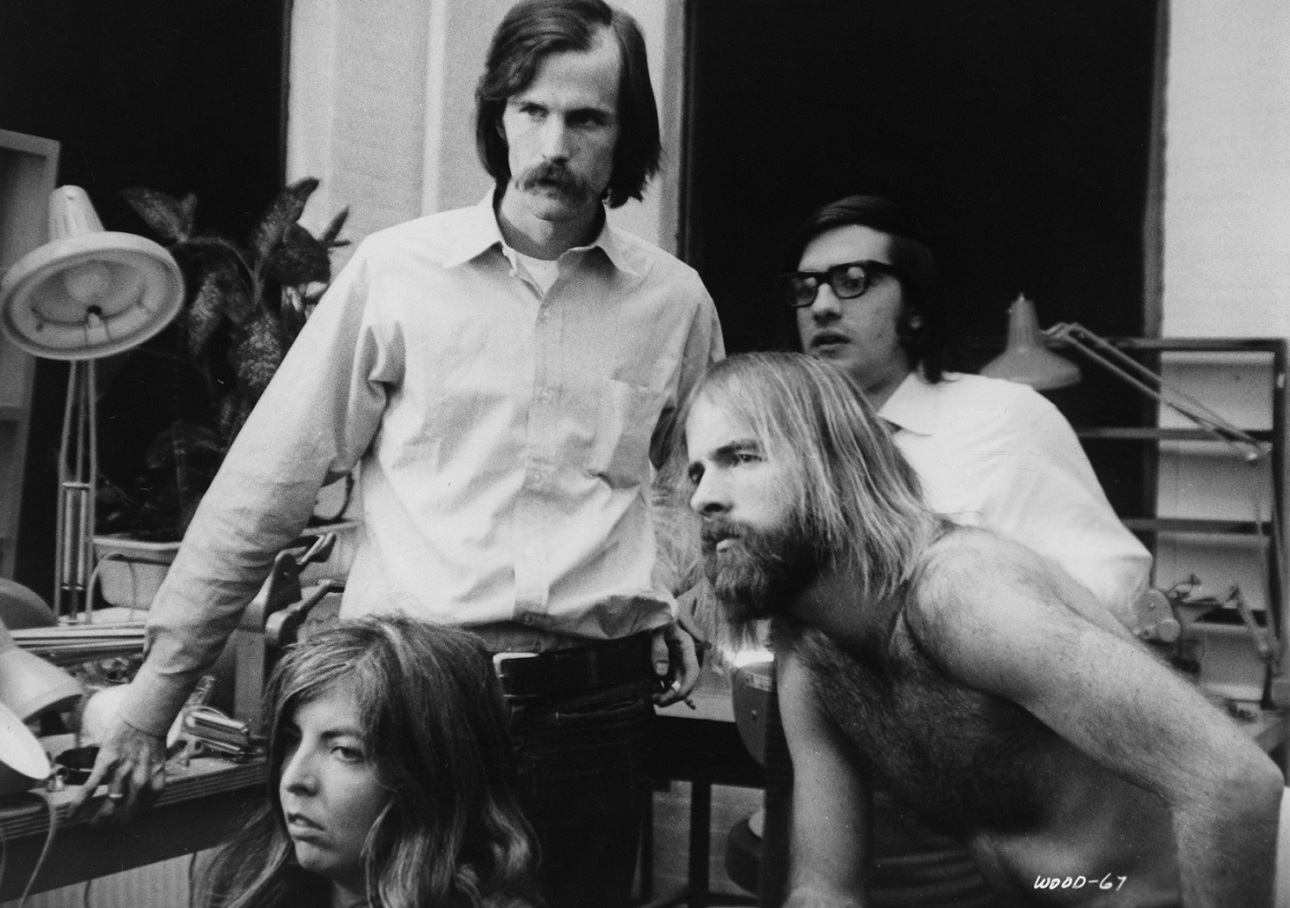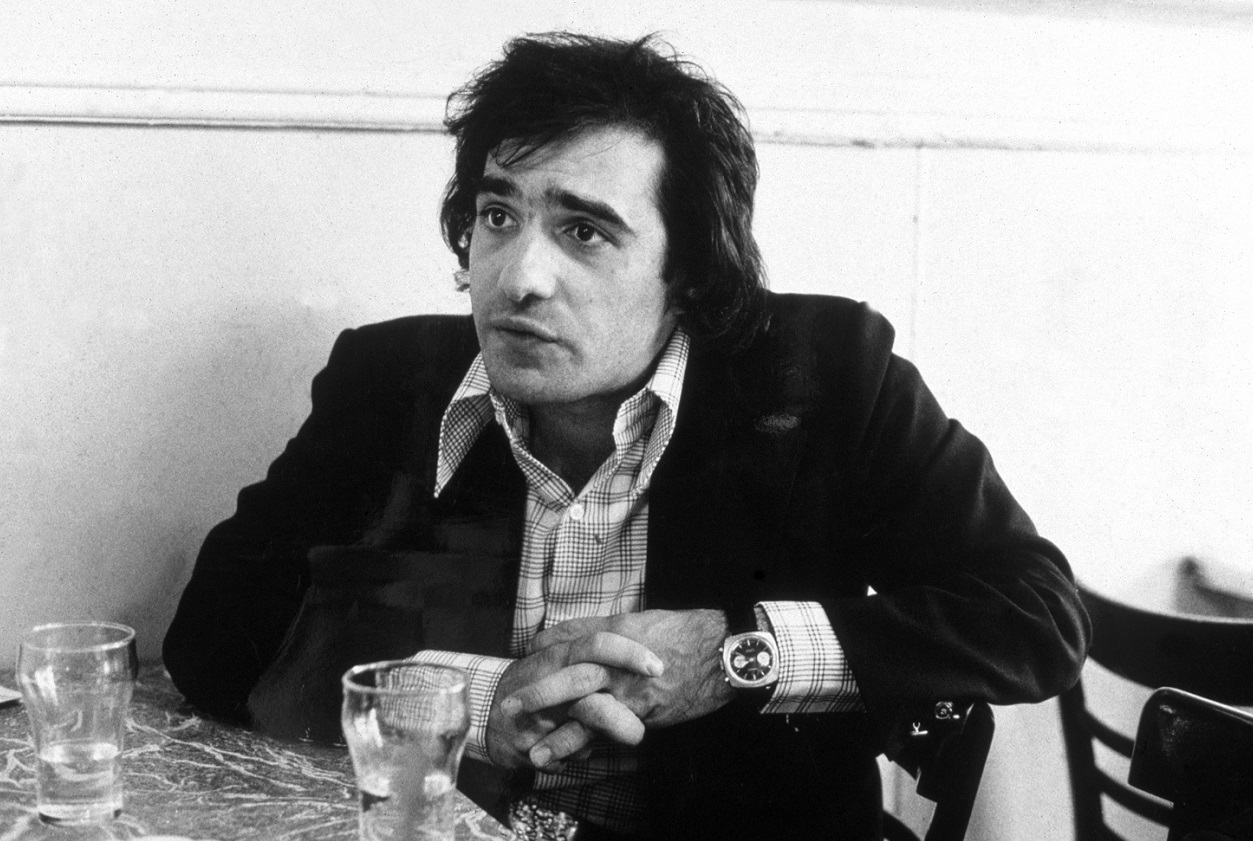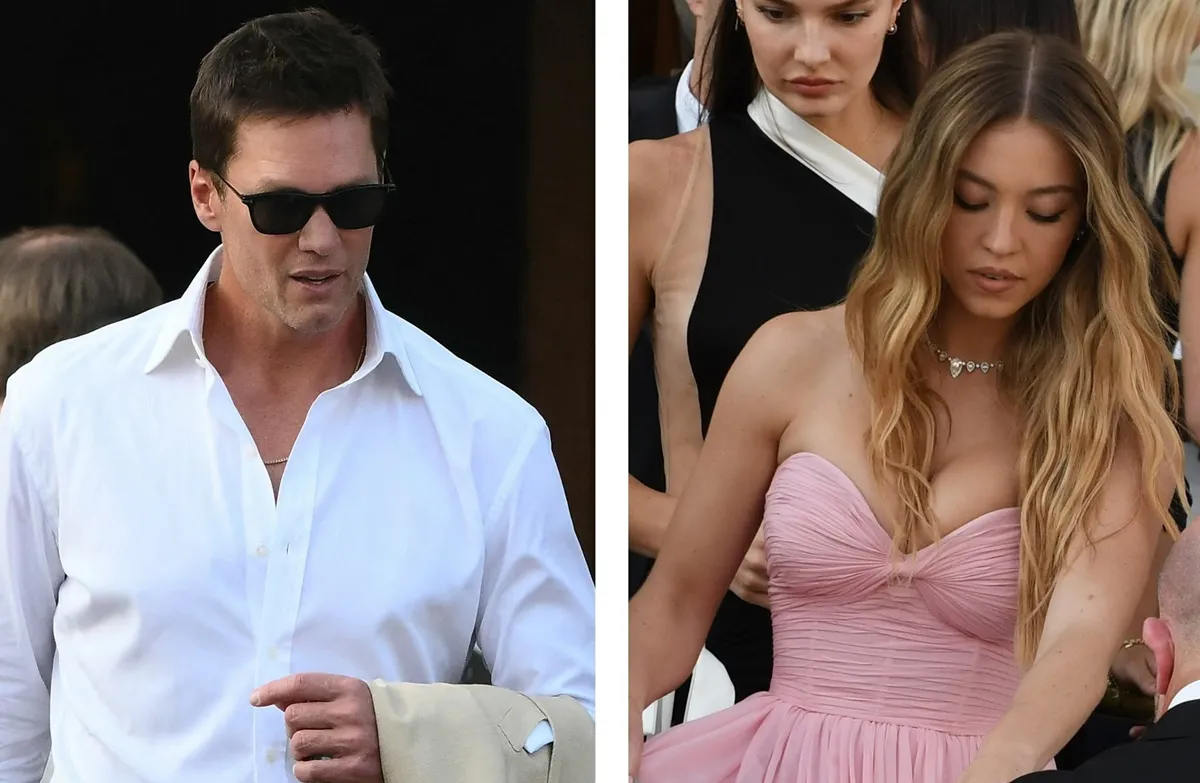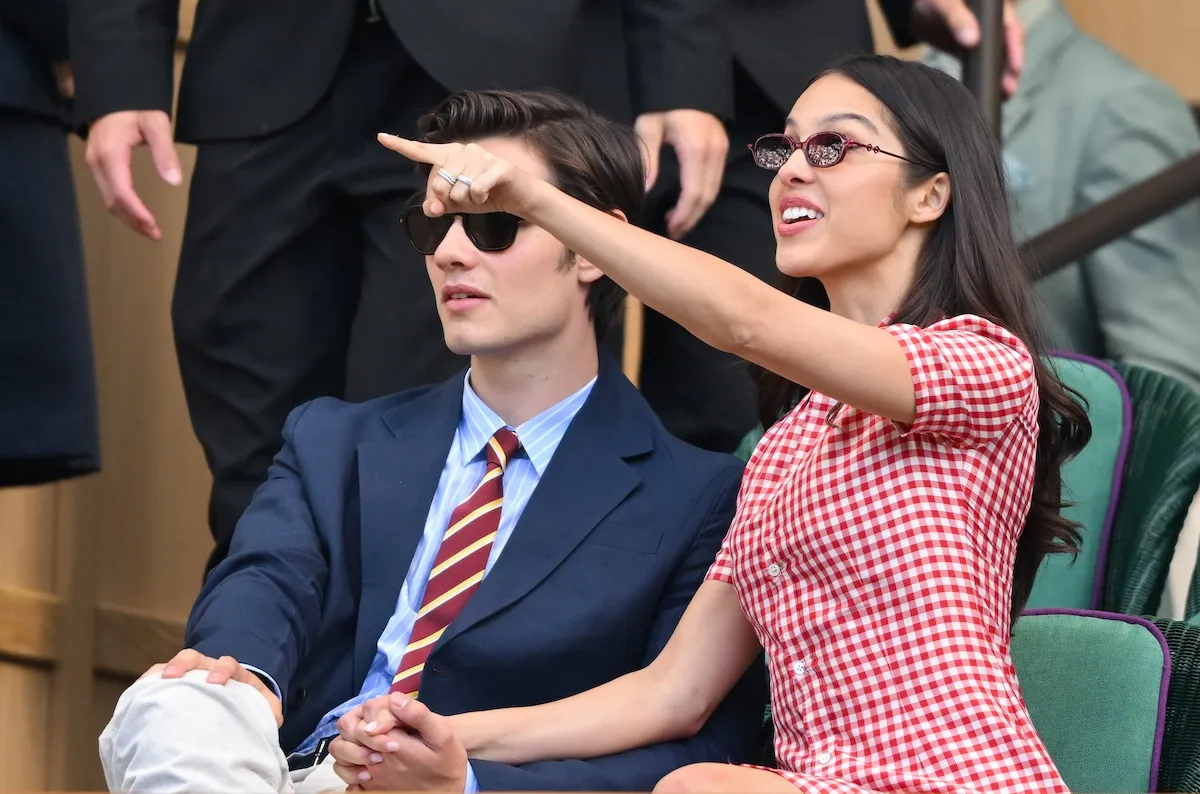What Job Did Martin Scorsese Have on the ‘Woodstock’ Documentary Crew?
When Robbie Robertson was looking for someone to make The Last Waltz, the film about The Band’s ’76 farewell performance, Martin Scorsese seemed like a safe bet. And it wasn’t just Scorsese’s excellent use of music in films such as Mean Streets (1973).
Earlier, Scorsese had worked on Woodstock (1970), the sprawling, three-hour documentary on the sprawling, three-day arts and music festival held in August ’69. So had Thelma Schoonmaker, the esteemed film editor who’d just begun her decades-long collaboration with Scorsese.
But at the time of Woodstock, Scorsese did not have a name as a writer-director. However, he did have a reputation as a passionate young filmmaker (or at least student). So when Michael Wadleigh planned to shoot the Woodstock festival, he asked Scorsese and Schoonmaker to help.
Martin Scorsese worked as assistant director and film editor on ‘Woodstock’

The big story about Woodstock is how the festival got several hundred thousand more people than expected. Like everyone else, the filmmakers couldn’t have seen that coming.
In Made Men: The Story of Goodfellas, Glenn Kenny relates a hilarious anecdote Schoonmaker told at a 2019 Q&A on Woodstock. Schoonmaker said Scorsese “packed a nice pair of cufflinks” (Kenny’s paraphrasing) in case the group ate a fancy restaurant while they were upstate.
It turned out Scorsese didn’t need those cufflinks. As an assistant director on the shoot, Scorsese got a master class in watching everything go wrong. Cameraman Michael Chew remembered how Scorsese reacted when the music began and technical problems started popping up.
“Marty’s an excitable guy, and he just started screaming,” Chew told Rolling Stone in 2019. “I couldn’t hear a word of it, and I think we kind of winged the whole shoot.” At another point, Scorsese tried to take a nap in a tent, only to have it collapse on top of him.
Cameraman Hart Perry recalled that event. “[Scorsese] had claustrophobia, and he was screaming for somebody to help him,” Perry told Rolling Stone. “But he wasn’t Martin Scorsese yet; he was just some schmuck from Little Italy.” Somehow, they survived. Then it came time to edit the footage.
Scorsese recalled editing ‘Woodstock’ from 120 hours of film

The mere logistics of the Woodstock shoot could give a filmmaker nightmares. Larry Johnson recalled getting not one but two ear infections in Woodstock. Two cameramen suffered sprained knees from having to squat and shoot for over 10 hours at a stretch.
In 1970, while Wadleigh and his team were finishing editing the film, the crew spoke with Roger Ebert over dinner. Scorsese and Schoonmaker were two of Woodstock’s six editors (Wadleigh was another), and Scorsese described the mammoth undertaking from the start.
“We had 14 to 18 cameras at Woodstock,” Scorsese told Ebert. “When those three days were over, we came back with 50 miles — 120 hours — of film. It took us more than two weeks just to look at the rushes.” After Woodstock, The Last Waltz must have seemed like it would be a piece of cake. It wasn’t, of course.


